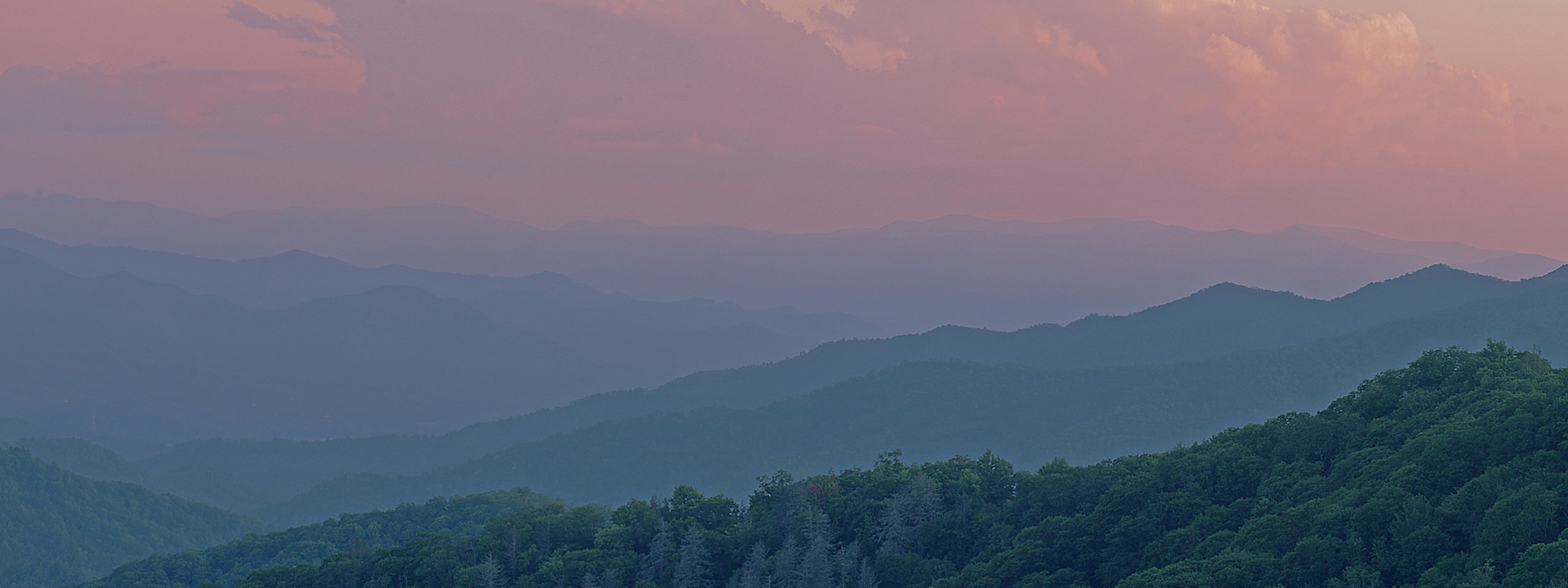
The Great Orion Nebula


M42, the Great Orion Nebula, was the first target I imaged when starting astrophotography. If you want to dip your toes into the hobby it is the first subject I would recommend. A bright region on the sword of the Orion constellation, M42 is easily seen with the naked eye. This makes it simple to find with a camera, and because of the brightness you only need a camera, tripod, and relatively short exposure time to get a decent shot. As you increase your exposure times more detail can be brought out in the image.
The Orion Nebula is part of much larger nebula known as the Orion Molecular Cloud Complex. You can see some of the faint red emissions in the image background. This complex also includes the Horsehead Nebula and the Flame Nebula. It is a large, star forming region with most the young stars concentrated in clusters like the Orion Nebula.
Adjacent to M42 is SH279, the Running Man Nebula. In my image it is just above the main nebula, and appears to have the image of a man running within (or at least shuffling his feet).
The Nebulae are about 1,400 light years away, and M42 is estimated to be ~24 light years across.
I have taken photos of M42 every year since I started. I learn a little more each time. Some previous attempts are below.
This is one of my first astro images. It may not look like much, but I am proud of this image. I am still amazed that you can point a camera to the sky and get these images of faint objects from your backyard. In this image you are seeing the bright center portion of M42. Below and slightly to the right there is a large star. That is the star labelled NGC 1980 on the annotated image above, and is visible in the other images near the nebulosity’s edge.
This was a version from late 2019. I had a print made of this one. There is much more nebula visible. as well as dust wisps between the two nebulae. This was one of the last images I created with a DSLR before switching to the dedicated astro camera.
When creating the final image I typically make multiple versions. The image below is the same as the final image, but has been cropped to show more detail in the nebula. I liked the way the dust between the nebulas is visible, looking like it is flowing between the two. Visible in the image is the lens spikes on the stars. These spikes are due to using a camera lens instead of a scope; the aperture blades in the lens causes the optical anomaly. In addition to the lens aperture blades, the monochrome astro camera that I am using has some reflections when imaging bright stars. The result is the large star spikes present in the image. If you look close at the image from 2019 above you will see the same spikes, but they are much thinner because I was using a DSLR instead of the astro camera. In the future I will retake the image using a scope to see if I can get cleaner stars.
Total exposure time for this final image was over 2,400 images and approximately 21 hours. There is a lot of exposure variation on M42 due to the very bright center and many dim dust areas around the outer edge and in the surrounding space. To bring this out I varied my exposure lengths and combined them in post processing. I took exposures at 10s and 30s to get the detail in the bright, central areas. To provide background detail I took additional exposures at 60s and 120s. This area of the sky also has significant Hydrogen-alpha emissions, so I took some 300s Ha exposures to bring out the additional red in the nebula and background. After editing multiple versions in PixInsight I was able to get the most detailed shot I have taken up to now of the nebulae. M42 and SH279, the Great Orion and Running Man Nebulae.
- L: 10s, 30s, 60s, 120s exposures, 1,562 images, 12 hours
- R: 10s, 30s, 60s exposures, 259 images, 2.2 hours
- G: 10s, 30s, 60s exposures, 292 images, 1.9 hours
- B: 10s, 30s, 60s exposures, 274 images, 1.7 hours
- Ha: 300s exposures, 34 images, 2.8 hours







